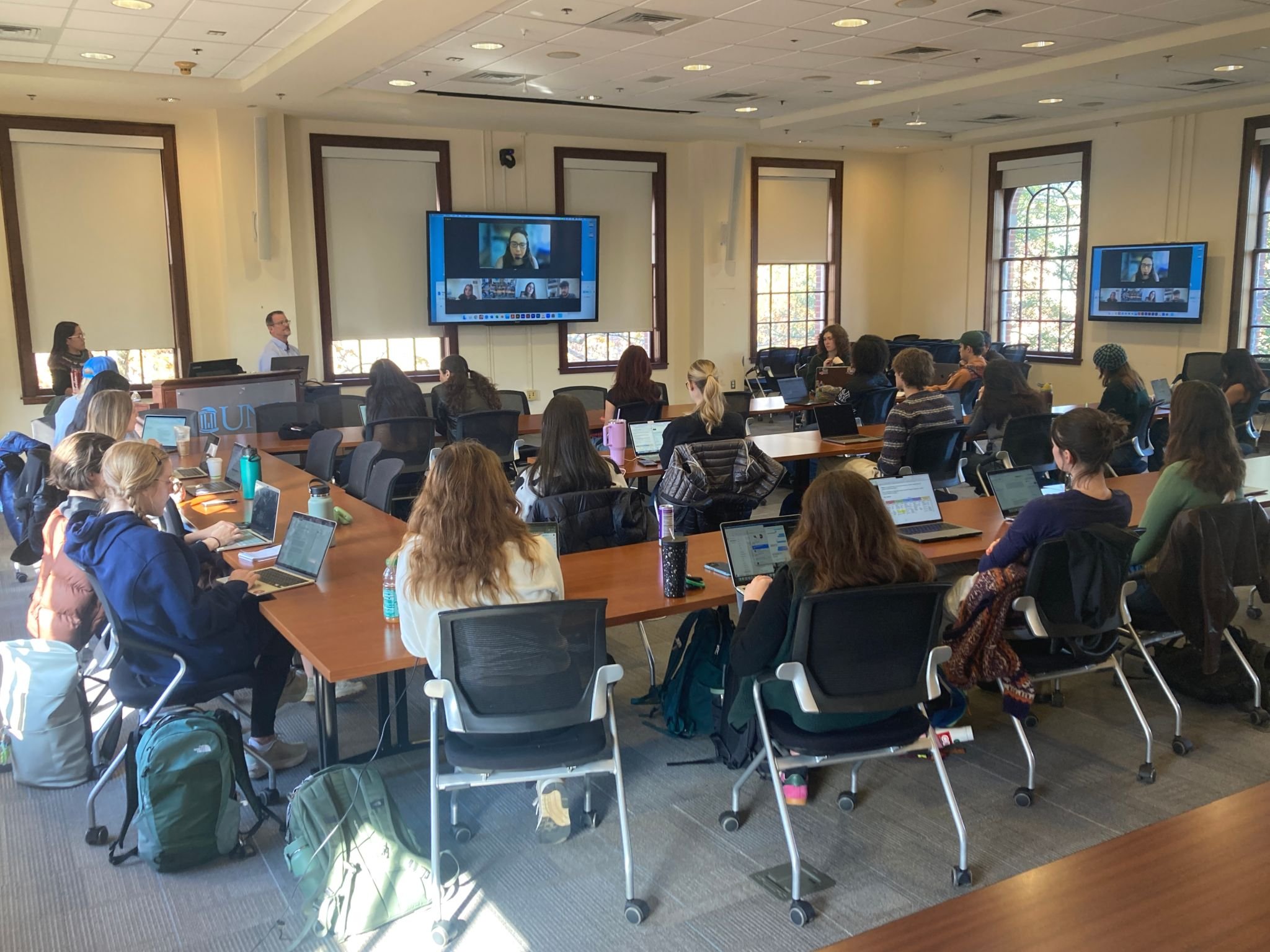The edit Archives
Welcome to The Edit Archives, a treasure trove of published articles, everyday interests and internship diaries. Here you’ll discover a curated collection of covered stories, new insights and personal reflections that bring together the many layers of creativity, professional experiences and personal growth.
An Academic Journey to Argentina
For my last semester at UNC, I knew I wanted to create a project that featured all of my skills from undergrad and graduate school. In undergrad, I majored in media and journalism and romance languages with a minor in studio art. Now as a double Tar Heel, I have returned for my M.A. in media and communications with a focus in strategic communications. Since my experience is all over the place, I fully expected to have to pursue an independent study or go out of my way to create some sort of campaign on my own.
It’s World Diabetes Day, Let’s Talk About It.
World Diabetes Day is the global awareness campaign dedicated to both Type 1 and Type 2 diabetes! The day focuses on diabetes prevention, management and support. World Diabetes Day is recognized by the International Diabetes Federation (IDF) and the World Health Organization (WHO) and celebrated worldwide.
Dancing With The Stars: A Masterclass in Storytelling through Movement
Storytelling is powerful. In my program, we focus on the power of storytelling in almost every class. How do you engage with your audience? How do you grab their attention? How do you tell your story?
Read the Banned Book.
In elementary school, I often got in trouble for reading when I "wasn't supposed to". I experienced difficulty focusing in class, especially in the core subjects that did not interest me. When I lost interest in the topic of the day, I would pull out a book. There was so much to learn and with my "I can do it" attitude, if I was interested in learning it, I would do it myself.
Your Hobbies Don’t Have To End After High School
In college, education is stressed above all. Classes are mandatory, grades determine your future and a degree is everyone's end goal. You meet someone new and, after asking for their name, there's a 95% chance you're immediately going to ask what their major is. It's the natural flow of a college interaction. But that's not how it once was.
Photography: The Working Time Machine
There's something captivating about a camera. We all use them everyday. From smartphones, "2000's digitals", disposables or even photobooths, we're constantly reaching to document the occasion. But why?






